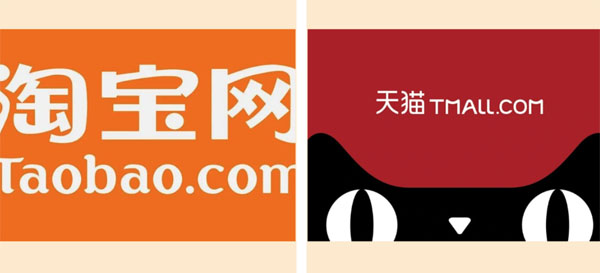What Is the Difference Between Taobao and Tmall
By Space Coast Daily // May 30, 2025

Many online shoppers assume that Taobao and Tmall are simply two names for the same e-commerce platform. Given that both are operated by Alibaba Group and share a similar interface, the confusion is understandable. However, while the two platforms do exist under the same umbrella, they serve distinct purposes and cater to different users and businesses.
This article will break down the core Taobao vs Tmall differences. Read on!
Overview of Taobao
Founded by Alibaba Group in 2003, Taobao was created to challenge eBay’s presence in China. By offering free listings and an easy-to-use interface, it quickly attracted millions of small-scale sellers and became China’s leading consumer-to-consumer (C2C) platform.
The platform allows individuals and small businesses to open storefronts with minimal cost. While basic listings are free, sellers can pay for premium services like advertising and shop customization to boost visibility. This freemium model supports a vast and diverse marketplace.
Key features include direct chat with sellers via AliWangWang, personalized product recommendations, user reviews, live-stream product demos (Taobao Live), and a mobile-first design that supports on-the-go shopping.
Overview of Tmall
Tmall was launched in 2008 as a spin-off from Taobao, aimed at offering a more professional and brand-focused e-commerce experience. Unlike Taobao’s open-door approach, Tmall operates on a strict business-to-consumer (B2C) model, allowing only verified companies and brand owners to sell on the platform.
To join Tmall, merchants must meet rigorous requirements related to licensing, quality assurance, and customer service standards. This ensures that shoppers have access to authentic products and a more reliable shopping environment.
Tmall attracts a large base of brand-conscious consumers across China. Its standout features include official brand stores, Tmall Global for international brands, strong customer support, mobile-friendly design, and smart product recommendations based on user behavior.
Differences Between Taobao and Tmall
While Taobao and Tmall share the same parent company and digital infrastructure, there are many differences between them. Here is a breakdown of the Taobao vs Tmall differences:
-
Merchant Types
Taobao functions as an open marketplace where anyone, from individual sellers to small-scale businesses, can open a store.
Tmall is a more curated platform. Only registered companies and official brand representatives can operate on the platform, with strict vetting and documentation requirements.
-
Product Quality and Assurance
Taobao has a wider range of product quality. While most sellers offer legitimate goods, counterfeit or low-quality items can occasionally be found. Shoppers need to rely on reviews and seller ratings.
Tmall enforces higher quality control, offering only authentic products sold by verified businesses. Every listing on Tmall comes with more formal guarantees, including return policies and customer protections aligned with brand expectations.
-
Customer Experience
Shopping on Taobao usually involves comparing dozens of listings for the same item, checking seller credibility, and even negotiating prices via live chat.
Tmall offers a more polished, retail-like experience. Storefronts are standardized, product pages are professionally managed, and customer service is generally more responsive.
-
Pricing
Taobao typically wins on price. With intense competition among sellers and fewer overhead costs, buyers often find lower prices.
Tmall prices are usually higher, reflecting the costs of brand maintenance, customer service, and quality control.

Challenges for Shopping Overseas on Taobao and Tmall
Shopping on Taobao and Tmall from overseas can be rewarding, but it comes with several practical challenges.
The most immediate hurdle is the language barrier. Since both platforms are primarily in Chinese, it is difficult for non-Chinese speakers to understand product details or communicate with sellers accurately.
Additionally, international shipping is not always available or economical as many sellers do not ship abroad directly. It may require buyers to use third-party forwarding services, which adds to the cost and complexity.
Payment can also be restrictive, as not all foreign cards are accepted. Returns and refunds are another concern. Sending a product back to China is usually expensive and time-consuming.
International buyers must also factor in potential customs duties, which vary by country and can significantly increase the total cost.
There’s Always A Third Option
For international shoppers who want access to the wide variety and competitive pricing of Chinese products without dealing with language issues, shipping barriers, or payment complications, SUGARGOO offers a practical solution.
SUGARGOO is basically the English version of Taobao. The platform has a variety of products at competitive pricing. It supports multiple global payment methods and offers 24/7 customer service in English. It also offers value-added services such as personalized photographs, customized packaging, extended storage periods, etc.
Wrapping-Up
Taobao and Tmall may share a parent platform, but they serve very different purposes. However, overseas buyers using these platforms face many challenges. That is where services like SUGARGOO make the process easier. Visit SUGARGOO’s website to discover more of their quality offerings.












